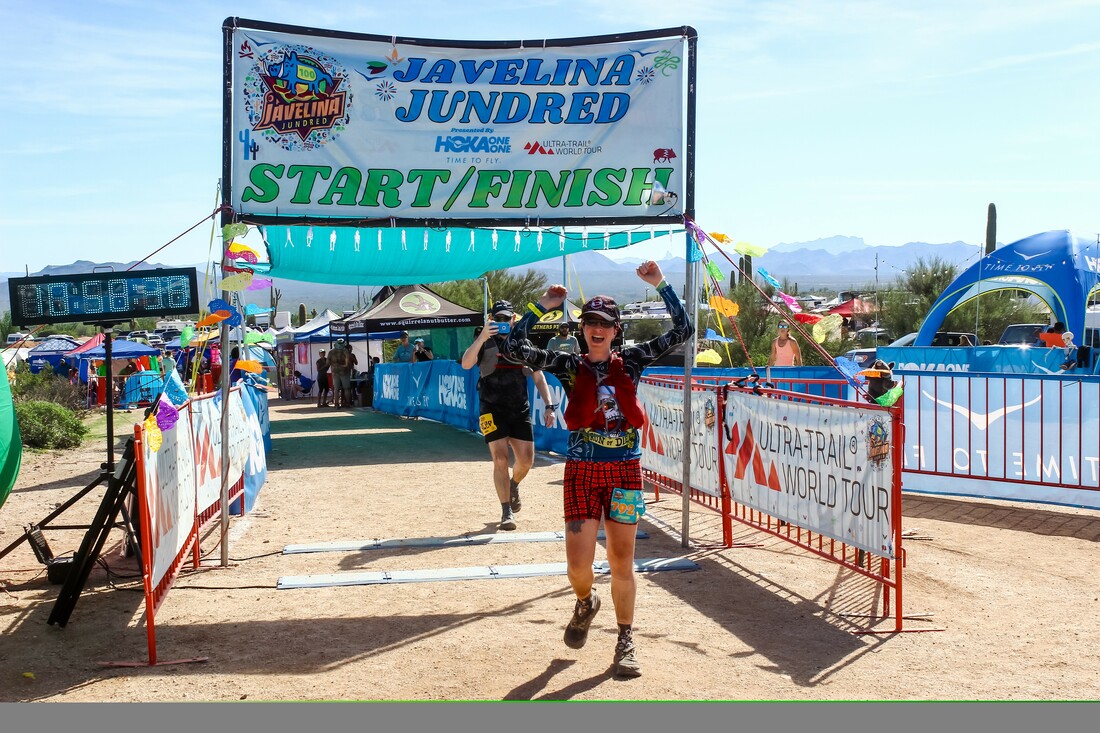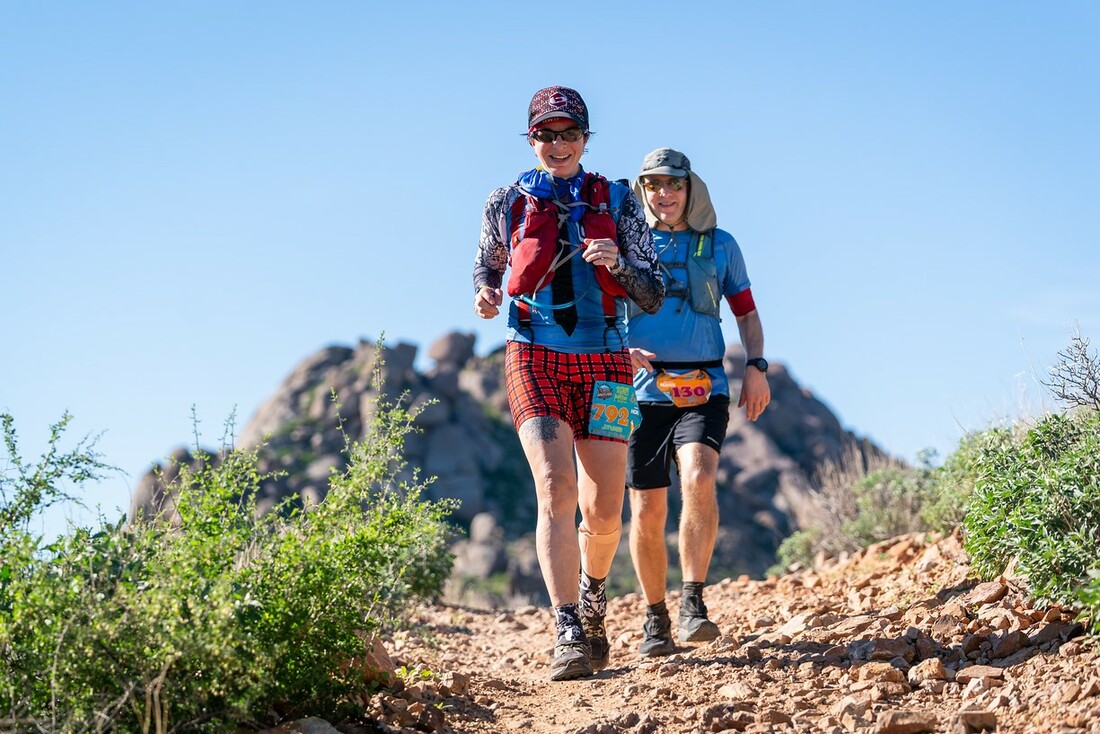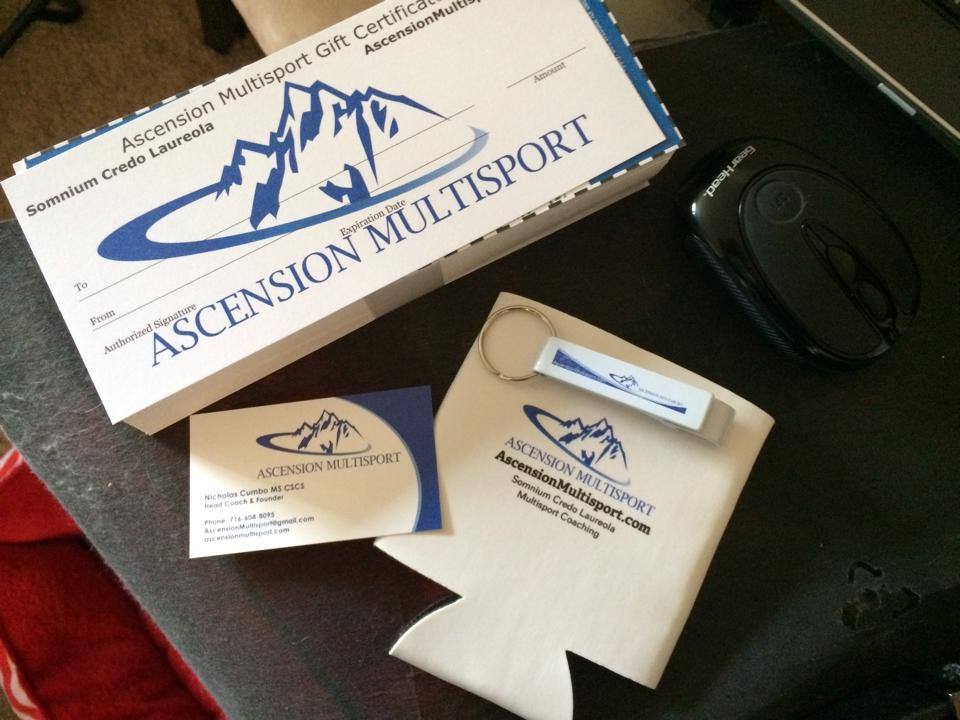Jen Bergstrom- Javalina Jundred 100 Mile Trail Race
| Last year was probably the most amazing experience of my endurance career so far. While I enjoy training for Ironmans, I’ve always enjoyed the trails, hiking and running. Put them all together with my love for going long, and you have ultra running. 2017 I made it through my first 50 miler and 2018 I signed up for the Vermont 100K and my first 100 at Javelina Jundred. The biggest challenge by far was figuring out the nutrition and hydration strategies that worked for me, and preemptively figuring out what I might need when and communicating this to my crew when I was beyond exhausted. Vermont was a great rehearsal race for my hundred for all of these factors. People constantly have asked me if I sleep during such an event, or how I would stay awake? It was definitely a learning experience for me, as I tried coffee (not a great idea unless you want to chase it down with a handful of tums), and found for me, Mountain Dew did the trick. Also, there’s no time for sleep unless you’re incredibly speedy. Another challenge was keeping up with salts. Hydration wasn’t ever a problem, but after about mile 60, I started peeing every 15 minutes after taking a small sip of water or Base Hydro. I was told to take in more salt between the dry heat and the mere fact that I was peeing out all of the salts and my body couldn’t keep up with it. My overall experience was amazing. I tried to keep my bolero sleeves, ice bandana and buff, filled with ice and soaked. I had to borrow a sweatshirt at night so that I didn’t get hypothermia. And I learned from one of my ultra running mentors, Catra Corbett that I should have wrapped my feet and possibly changed out my shoes and socks again on the last loop in order to prevent the blisters from developing under the calluses on the front of my feet. Because of that, I wound up speed walking the last 19-20 miles of the race. When asked by my husband if it was everything I had hoped it would be, I replied, “Yes, and there will be many more hundreds in the future. I have found my heart and soul on the trails.” - Jen Bergstrom Are you looking to finish a new distance or take your race to the next level? Let us know how we can help you ascend to the peak of your capabilities! | |




 RSS Feed
RSS Feed